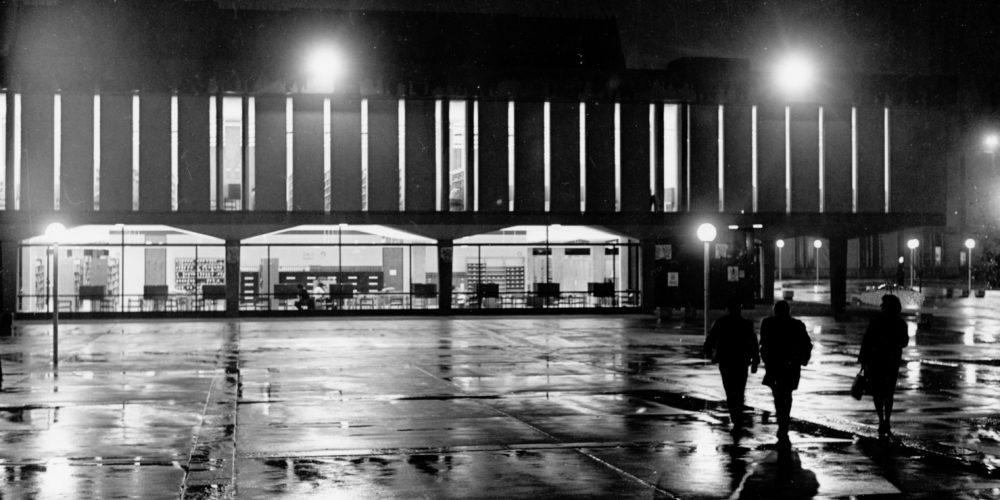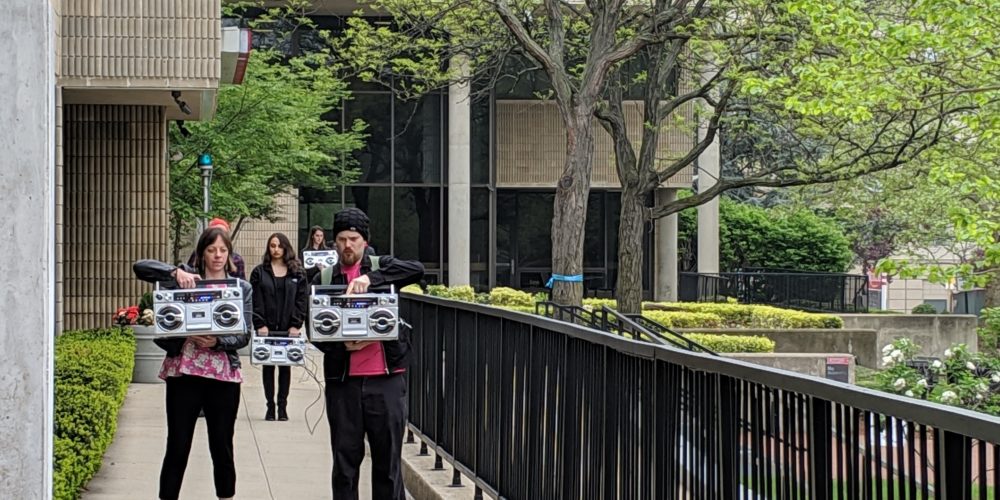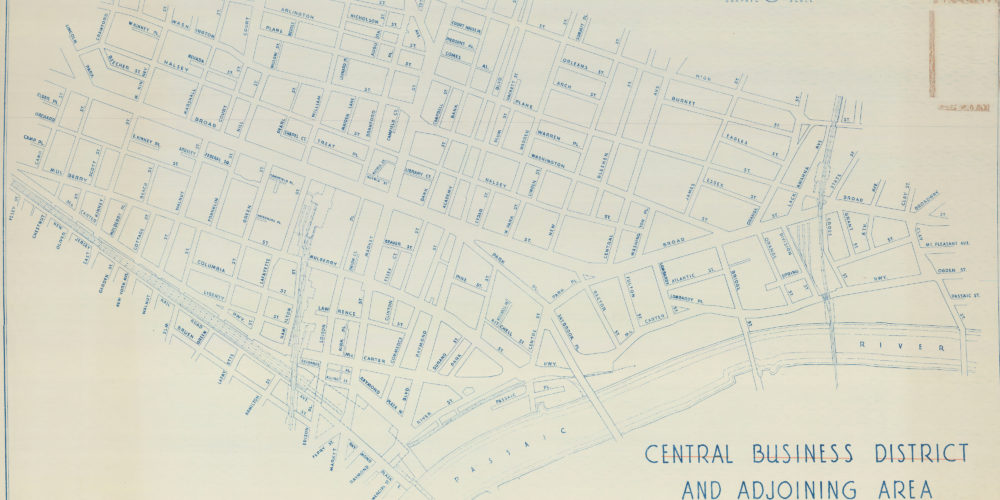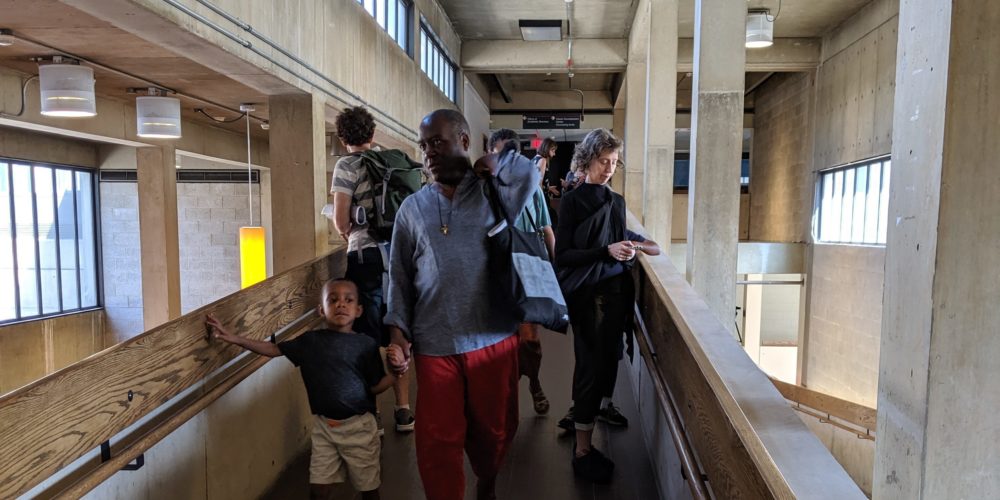
Rhythm 3 (Future) » Climbing the LadderRhythm 3 (Future)
Climbing the Ladder
A Three-Level Analysis of the HIV/AIDS Epidemic in Newark, New Jersey
As the HIV/AIDS epidemic spread through the United States in the 1980s, the city of Newark became one of the hardest hit metropolitan areas in the nation, with extremely limited resources, funding, and space to treat those affected by the disease. HIV/AIDS affected people of color, the poor, and the LGBTQ+ community at massively disproportionate rates, and this was especially the case in Newark – a city with a mostly non-White population at the time. Oral histories of those living in the city who experienced the epidemic show that within these communities, many felt abandoned by the city and the federal government when they needed them most.
Many interpreted this lack of acknowledgment as willful neglect from their city and federal governments, given how much more open and urgent reactions to the epidemic became once Rock Hudson became involved. The explosion of attention given by the media to Hudson’s diagnosis in 1984 left many in cities like Newark to feel as if they did not matter, and that the federal government acted only because Hudson’s diagnosis suddenly hit home. But the media attention did not hit the homes of those who were already struck by the epidemic; they had been hit hard by the epidemic long before. Instead, media and government attention hit the homes of White, upper/middle-class, and heterosexual Americans who began to panic as the problem of the HIV/AIDS suddenly affected them. The epidemic was no longer a problem that could be swept aside as one that only affected people of color and LGBTQ+ communities. This caused many in Newark who were already struggling with the epidemic for several years to feel that they did not matter in the eyes of their local and federal governments, because the HIV/AIDS epidemic only seemed to matter once it threatened White communities.
Willful neglect was only one of several complaints against the Newark municipal government, however. Another was the general incompetence of the city government as it handled the crisis, a criticism expressed by the Star-Ledger, one of the largest newspapers in Newark at the time. This brings us to the question, was Newark affected as hard as it was due to willful neglect, general incompetence, or both? To examine this question further, I offer an analysis of both lived testimony and depictions by those outside of the HIV/AIDS epidemic by exploring what I deem to be the three levels of lived experience: the ground level, exploring expressions of the people themselves and their oral histories; the middle level, examining Newark on a local level through sources in the Star-Ledger and documents from the New Jersey State government; and the upper level, analyzing the federal government’s response through documents from the United States Congress including those relating to the Ryan White CARE Act.
By utilizing this model of the three levels of lived experiences, I look to answer the question of what was behind the experiences of people’s feelings of neglect and/or incompetence, and whether Newark’s difficulty in handling the HIV/AIDS epidemic was the fault of these factors. While one might think that these feelings were binary, making neglect and incompetence seem like separate entities, I argue that the manner in which they intertwined with one another throughout the epidemic in Newark as well as the United States as a whole make them inseparable when looking to answer these questions.
Abstract by Luciano Baez
Posted 9/9/2021




